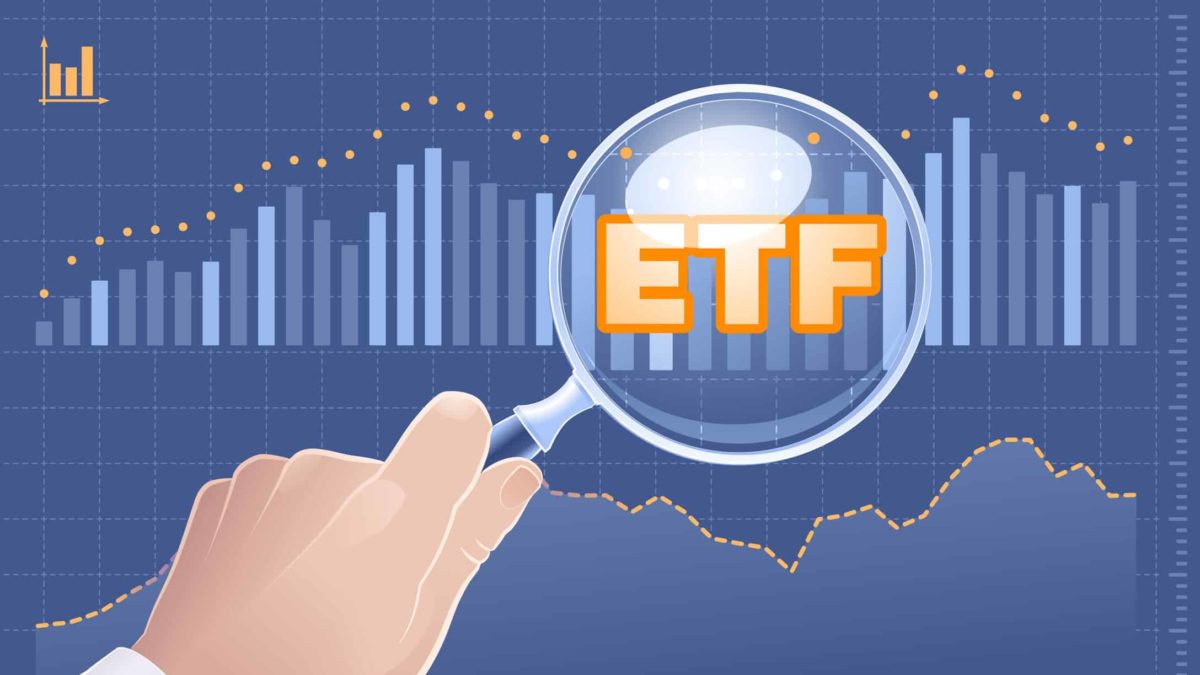3 things about BetaShares Australia 200 ETF (A200) units every smart investor knows

The BetaShares Australia 200 ETF (ASX: A200) is one of the most popular exchange-traded funds (ETFs) on the ASX in terms of how much money is invested in it. It's currently approximately $6.8 billion in size.
This is a fund provided by BetaShares, an Australian investment business that provides numerous ASX ETFs.
The idea of the A200 ETF is to provide investors exposure to 200 of the largest businesses on the ASX. We're talking about companies like Commonwealth Bank of Australia (ASX: CBA), BHP Group Ltd (ASX: BHP), CSL Ltd (ASX: CSL), National Australia Bank Ltd (ASX: NAB), Westpac Banking Corp (ASX: WBC), ANZ Group Holdings Ltd (ASX: ANZ), and Telstra Group Ltd (ASX: TLS).
It's useful to know that this fund gives exposure to large Australian businesses. But, there are three other things I believe investors need to know.
Lowest-cost Australian shares ETF
BetaShares is proud to tell investors that it is the world's lowest-cost Australian shares index ETF.
Its management costs are 0.04% per year, which is cheaper than the other most popular options, such as the Vanguard Australian Shares Index ETF (ASX: VAS), the SPDR S&P/ASX 200 ETF (ASX: STW), and the iShares Core S&P/ASX 200 ETF (ASX: IOZ).
While there's not much difference between them, they have very similar weightings to their holdings to each other and, therefore, may deliver similar gross returns. With similar gross returns, the costs could make the difference. With the cheapest fee, the A200 ETF offers investors an advantage in achieving stronger net returns than the other ASX-focused ETFs, if only slightly.
A200 ETF's industry exposure
ASX ETFs can be very effective at delivering instant and compelling diversification. The A200 ETF owns 200 businesses in the portfolio, but the ASX's weighting leans towards just two sectors. That makes the fund less diversified than some investors may have thought, and global funds usually provide a more healthy split between the sectors.
With so much portfolio focus on just two sectors, the A200 ETF may not be as appealing for investors who want to spread their money across the ASX share market (or global share market).
According to BetaShares, at the end of January 2025, the ETF had a 34.4% position in financials and an 18.5% allocation to materials/resources, for a total of 52.9%.
While that's reflective of the Australian economy's focus on mining and real estate, it's a negative for diversification, in my view.
I'm not suggesting that you shouldn't invest in the A200 ETF or ASX shares, but it's important to consider how to achieve diversification across different sectors. One option could be to invest in ETFs that focus on various markets, or you could choose individual ASX companies from different sectors.
Dividend yield pros and cons
The A200 ETF owns a number of higher-yielding ASX shares. That includes ASX bank shares, ASX mining shares, Telstra, ASX energy shares, and so on.
This ASX ETF has a 12-month distribution yield of 3.3% and a grossed-up distribution yield of 4.3%, including franking credits. This is much higher than what the US share market or global share market offers due to the lower dividend yields (and lower dividend payout ratios) of many international businesses.
Receiving larger distributions is a positive for investors who want passive income and franking credits. This may describe Aussies who are retirees or in a low/zero tax bracket.
However, the A200 ETF's higher distribution may not be as effective for full-time working Australians. Taxable income is taxed each year, so a sizeable minority of someone's (income) return may be lost to tax each year. Capital growth is only taxed when the asset is sold.
In the five years to January 2025, the ASX ETF has returned an average of 8.1% per year. The income the fund distributes typically makes up a very sizeable portion of the overall returns. With the headwind of taxes on income, I think investors should focus on the after-tax returns from their investments.
The post 3 things about BetaShares Australia 200 ETF (A200) units every smart investor knows appeared first on The Motley Fool Australia.
Motley Fool contributor Tristan Harrison has no position in any of the stocks mentioned. The Motley Fool Australia's parent company Motley Fool Holdings Inc. has positions in and has recommended CSL. The Motley Fool Australia has positions in and has recommended Telstra Group. The Motley Fool Australia has recommended BHP Group and CSL. The Motley Fool has a disclosure policy. This article contains general investment advice only (under AFSL 400691). Authorised by Scott Phillips.
The Motley Fool's purpose is to help the world invest, better. Click here now for your free subscription to Take Stock, The Motley Fool's free investing newsletter. Packed with stock ideas and investing advice, it is essential reading for anyone looking to build and grow their wealth in the years ahead. This article contains general investment advice only (under AFSL 400691). Authorised by Bruce Jackson. 2025
 Wall Street Journal
Wall Street Journal